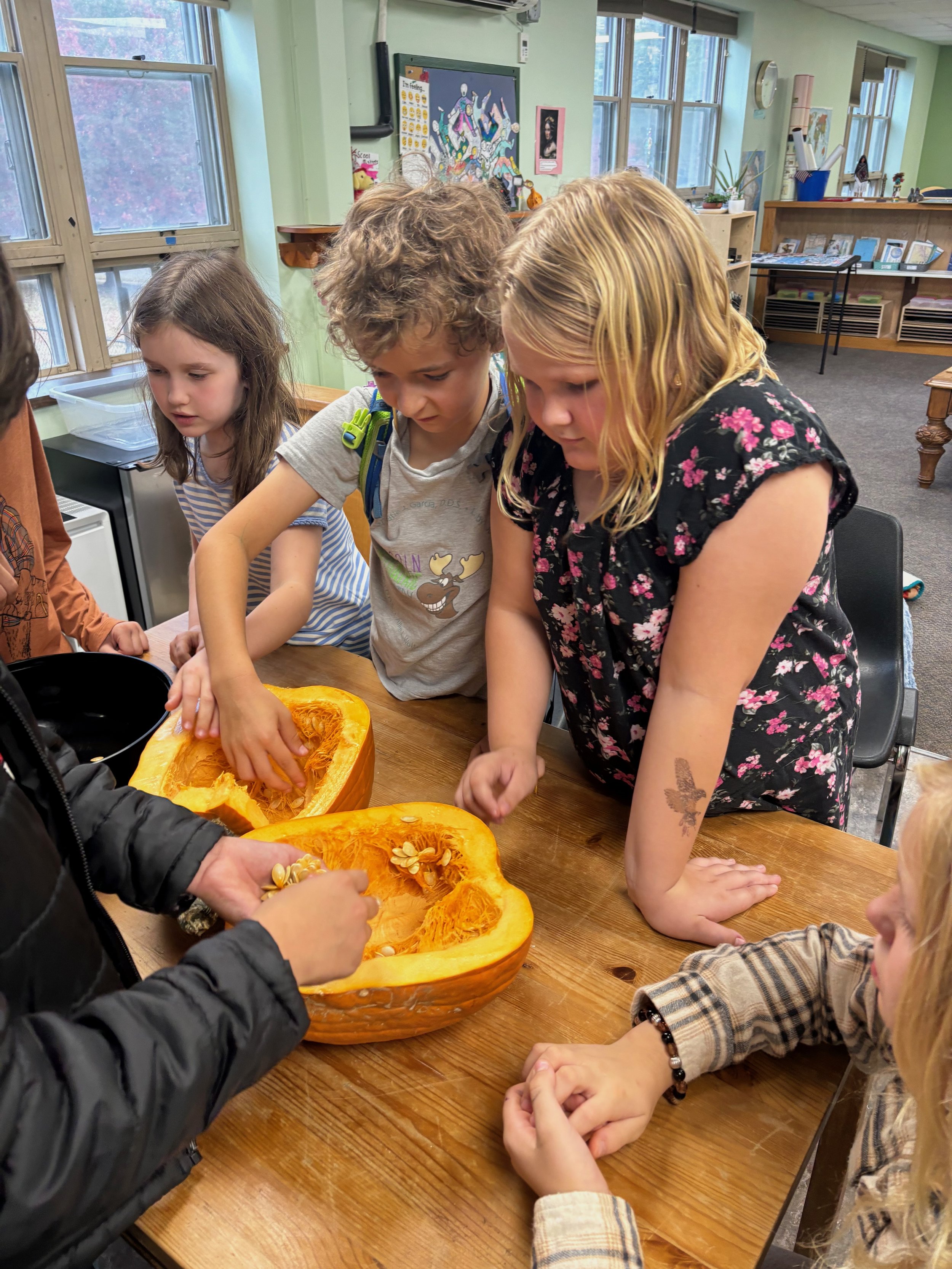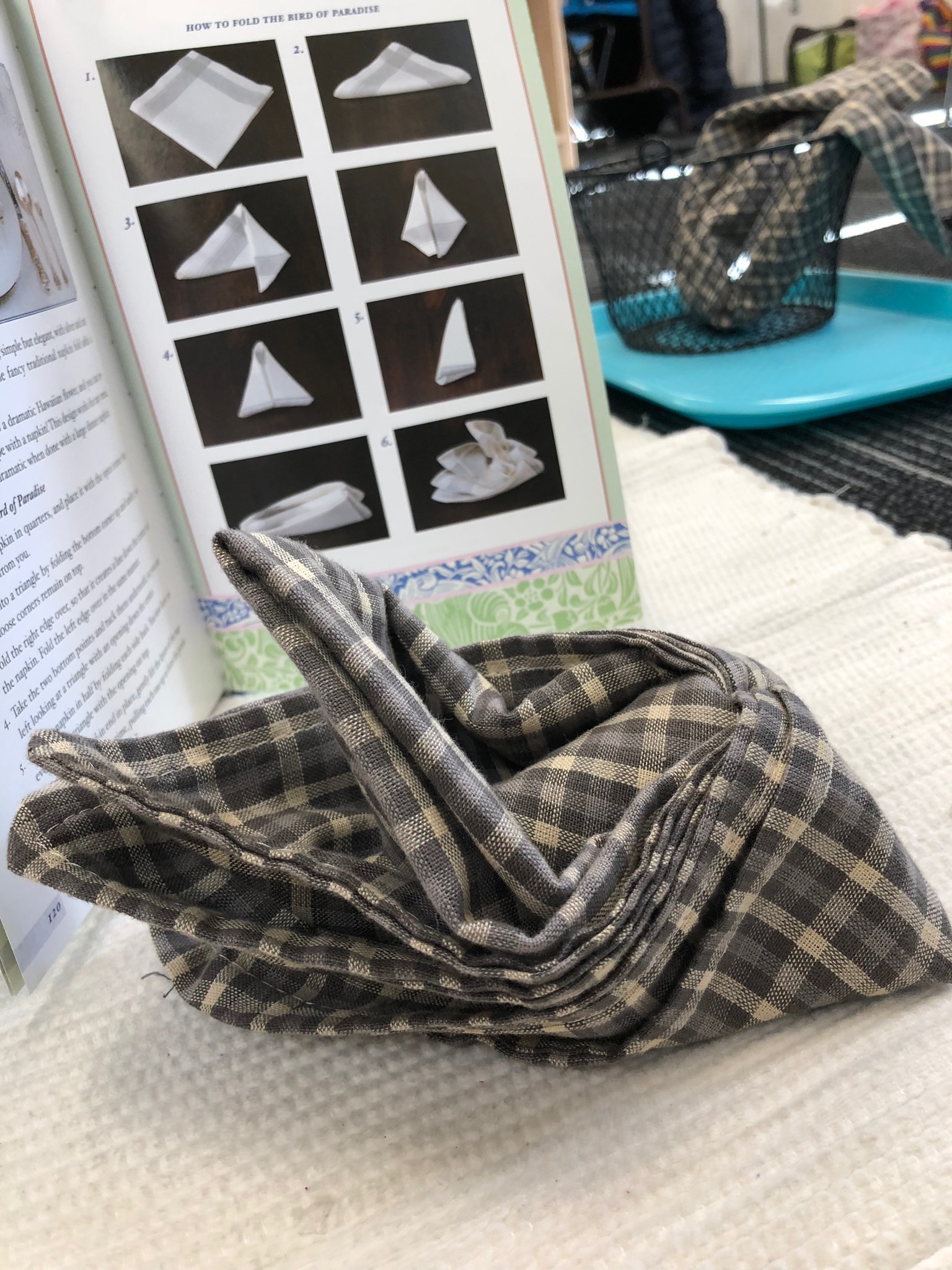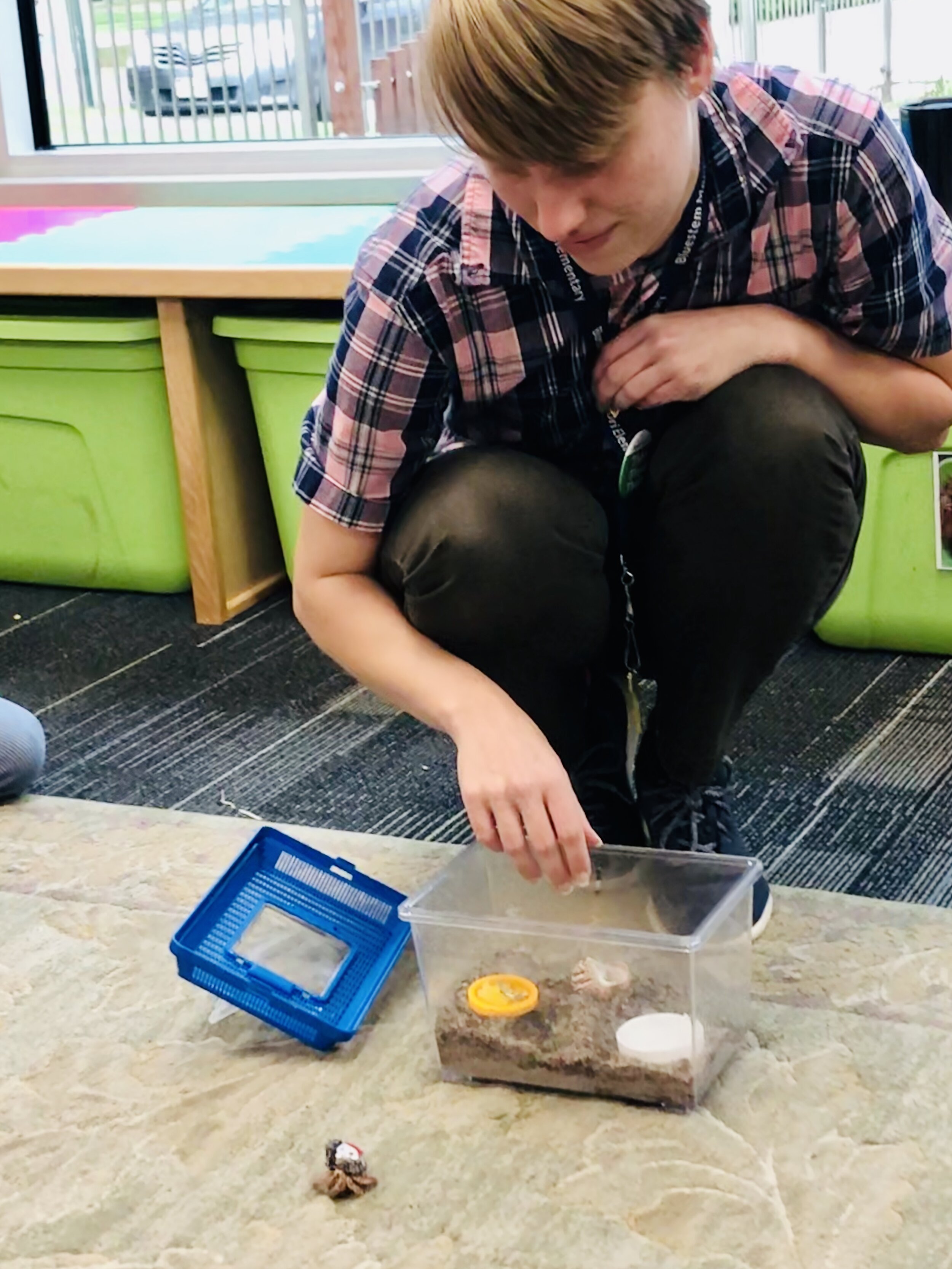
Bluestem Montessori In Action
What does Montessori look like, anyway?




We started our map work with the world map. Most of our students needed to at least review continent names! Those who already knew continents enjoyed labeling oceans, regions, cardinal directions, and the equator.


Some of our younger students found a slug! We love exploring our world and finding natural beauty on our playground, our outdoor classroom, or even on our windows.


Our movable alphabet is a popular work - students can practice wherever they are with whatever interests them. All we have to do after our initial lesson is make a suggestion and they are good to go. For example, "Why don't you work on your short e sound?" Or: "Let's see how many words we can make that start with the letter L."

... or, for two Star Wars loving friends, "can you practice writing sentences about anything you want?"


September 21 2017 was an amazing day. We have been focusing on the solar system in honor of the total solar eclipse! Here is Miss LK working with the students to make solar system crowns (or, as the students excited told us, "coronas! Just like the sun!")

We spent two hours in and out of our classroom watching the progress of the eclipse.

An eclipse viewer with her specially decorated glasses and eye guard!

The eclipse has gotten our students very interested in space. This first grader is learning about our solar system's dwarf planets.

Our hour-long recess time allows plenty of time to observe the natural world all around us AND to blow off steam by running in circles. One of our students called over the entire class to watch two cicadas molt - we got to watch the entire progression as they emerged from their shells, dried their wings, and flew away! Miss LK, Miss Laura, and Miss Sena are busily putting together insect work to take advantage of all the interest this event (and watching grasshoppers on our windows) has generated.

A third grade student gives a second grade student a lesson on telling time. The children love to give lessons to each other, and it helps them to solidify the knowledge in their own heads.

A field trip to the Capitol.

Our class mural of the Capitol. Each received a section from cut up picture of the Capitol building. Their renditions were then stitched together to form this mural. Each piece is beautiful and unique, just like our students!

Metal insets help students learn geometry and perfect their fine motor skills.

A student tries out the splatter technique made famous by our Artist of the Month: Jackson Pollock.

A class field trip to the Arboretum on UNL East Campus was a great way to learn about trees and leaves.

Part of the practical life curriculum is a fun one around holiday time: napkin folding.

One of our students presents her report on praying mantises.

We took a field trip to Sheldon Art Museum, where the students learned about abstract impressionists.

Puzzles are a great way to have fun and learn “puzzle solving” skills at the same time.

Before going to the Humane Society, the students made treats for the dogs and cats.

We went to the Humane Society to learn about how to help in our community.

We went to the Humane Society to learn about how to help in our community.



Our students enjoy learning about rocks and minerals.


A horse-loving student learns about three-toed horses at Morrill Hall. She took notes on the signs and wrote (and illustrated!) a report when we returned to school.

In February, we got to see the Lincoln Symphony Orchestra perform Carnival of the Animals. The children had studied the piece all month and we so excited to hear it performed live!

This seven year old is crazy about parasites. She wanted to do a project on parasites, so she found one she liked using our computer (the tongue eating louse) and drew it.

A student molded an isthmus out of playdoh.

This is one of the ways that we teach children grammar. By using shapes and color, this material gives children a visual cue to help them remember their parts of speech.











































